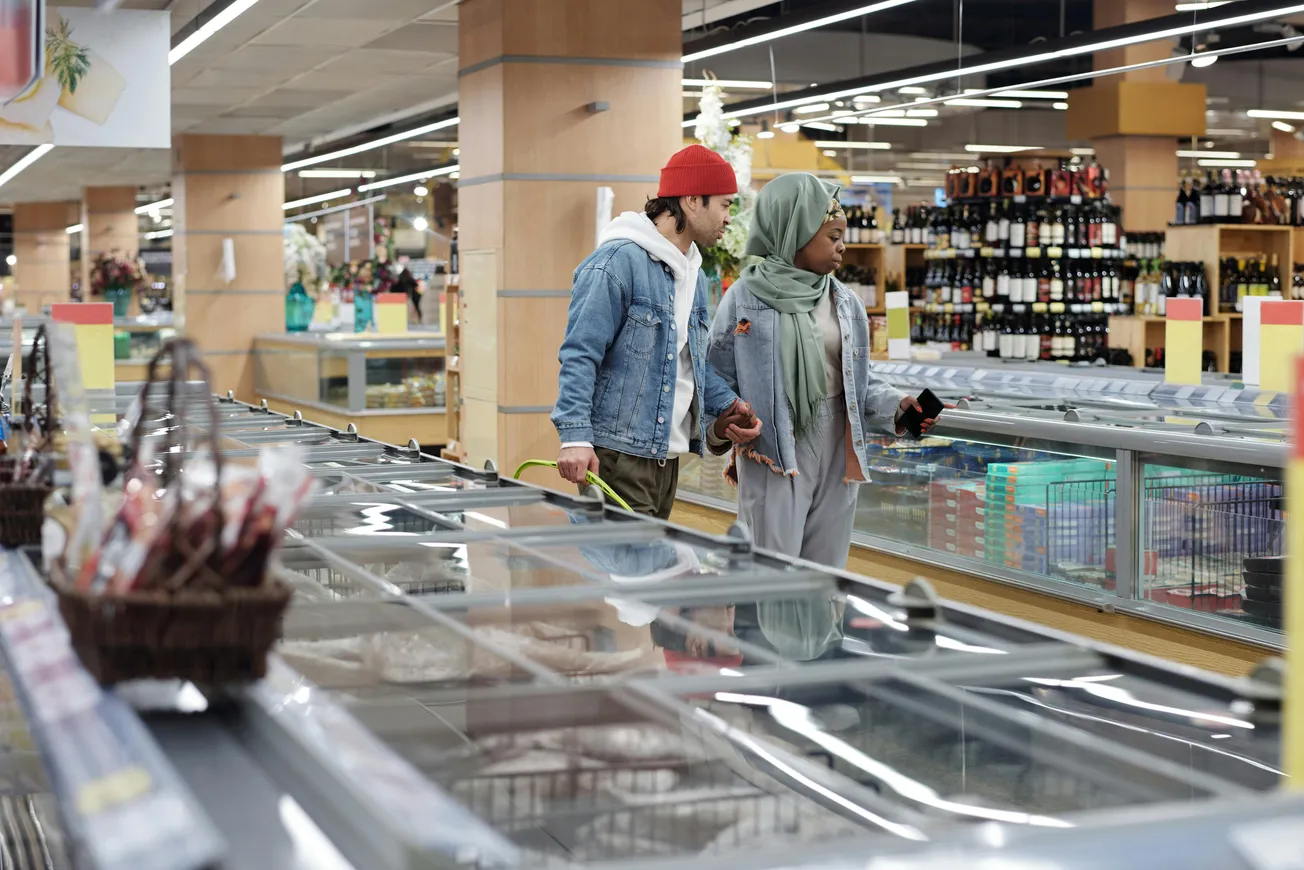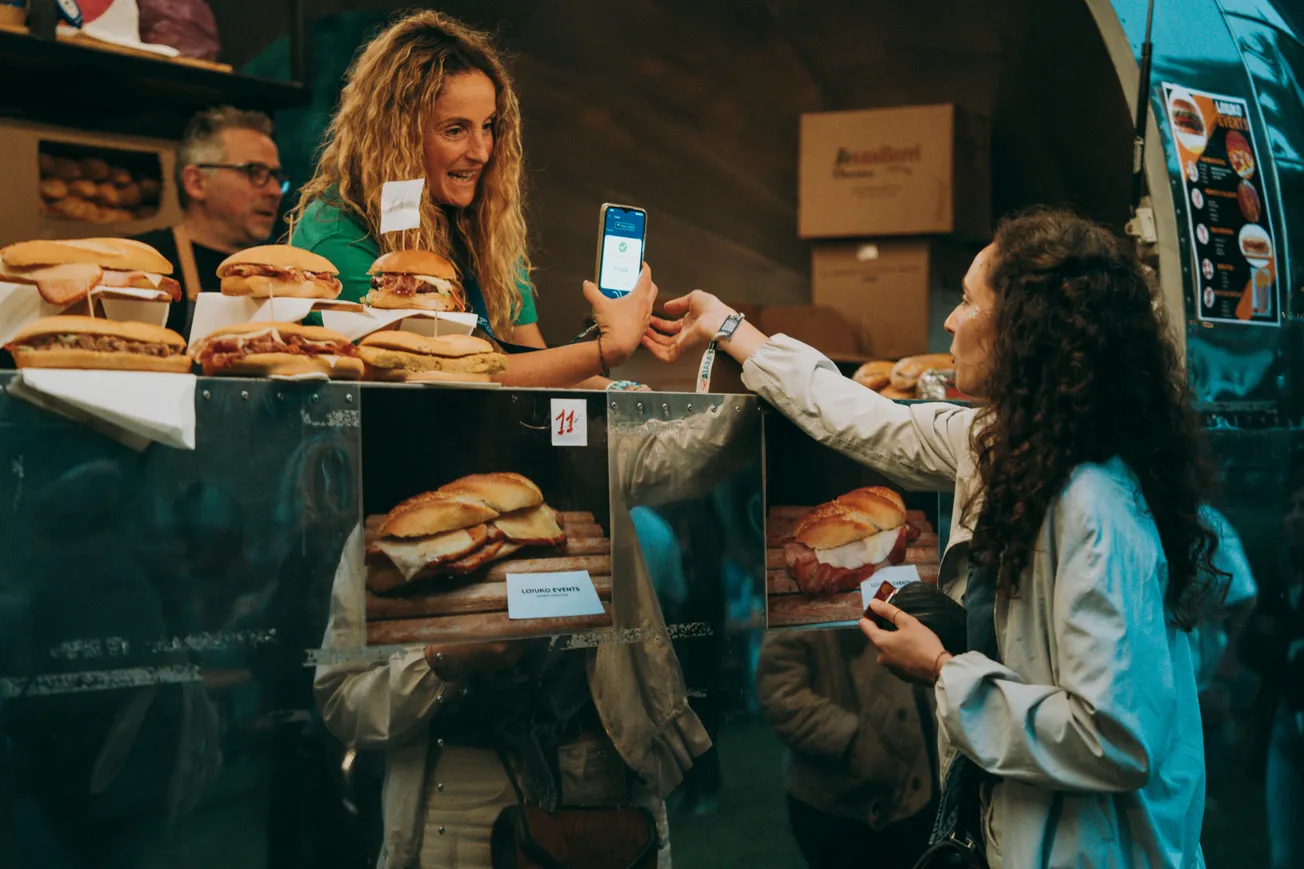Two separate incidents at Walmart locations—one fatal, the other involving a firearm—have drawn renewed attention to the challenges of ensuring safety in large-format retail environments. As more retailers balance digital convenience with physical operations, safety remains a key operational consideration across the omnichannel landscape.
Recent Incidents Highlight In-Store Risks
On November 17 in Forsyth, Georgia, an 18-year-old man, J.T. Schroeder, was fatally stabbed during an altercation inside a Walmart store. According to police reports, the incident occurred following a verbal exchange between Schroeder and another customer, allegedly sparked by a minor physical interaction involving a shopping cart.
Separately, on November 14 in Newington, Connecticut, a dispute over a parking space outside a Walmart store escalated to physical violence. A legally armed individual discharged one round during the confrontation. No injuries were reported, and the investigation is ongoing.
Industry Trends and Response Strategies
While these events are under investigation and considered isolated, they align with broader trends noted by the National Retail Federation. In its 2023 Retail Security Survey, a majority of retailers reported increased incidents involving customer aggression and external threats.
These concerns are prompting companies to evaluate in-store policies, employee training, and the role of law enforcement and private security.
Retailers are also exploring technology-based interventions, such as surveillance systems, AI-powered threat detection, and mobile alert tools to assist store personnel in real-time.
Operational Considerations for Retailers and Partners
In-store safety influences not only public perception but also employee experience, shopper confidence, and overall operational continuity. For retailers with high foot traffic—like Walmart—ensuring a secure environment supports both customer engagement and business resilience.
For retail partners, particularly those involved in merchandising, in-store execution, or last-mile logistics, such incidents may have downstream effects, including schedule disruptions or altered store access.
Conclusion
Retailers continue to evaluate and adapt their safety protocols in response to shifting public behavior and external risks. As physical retail remains a core part of the customer journey, a safe and stable store environment will remain essential for both shopper satisfaction and business performance.










